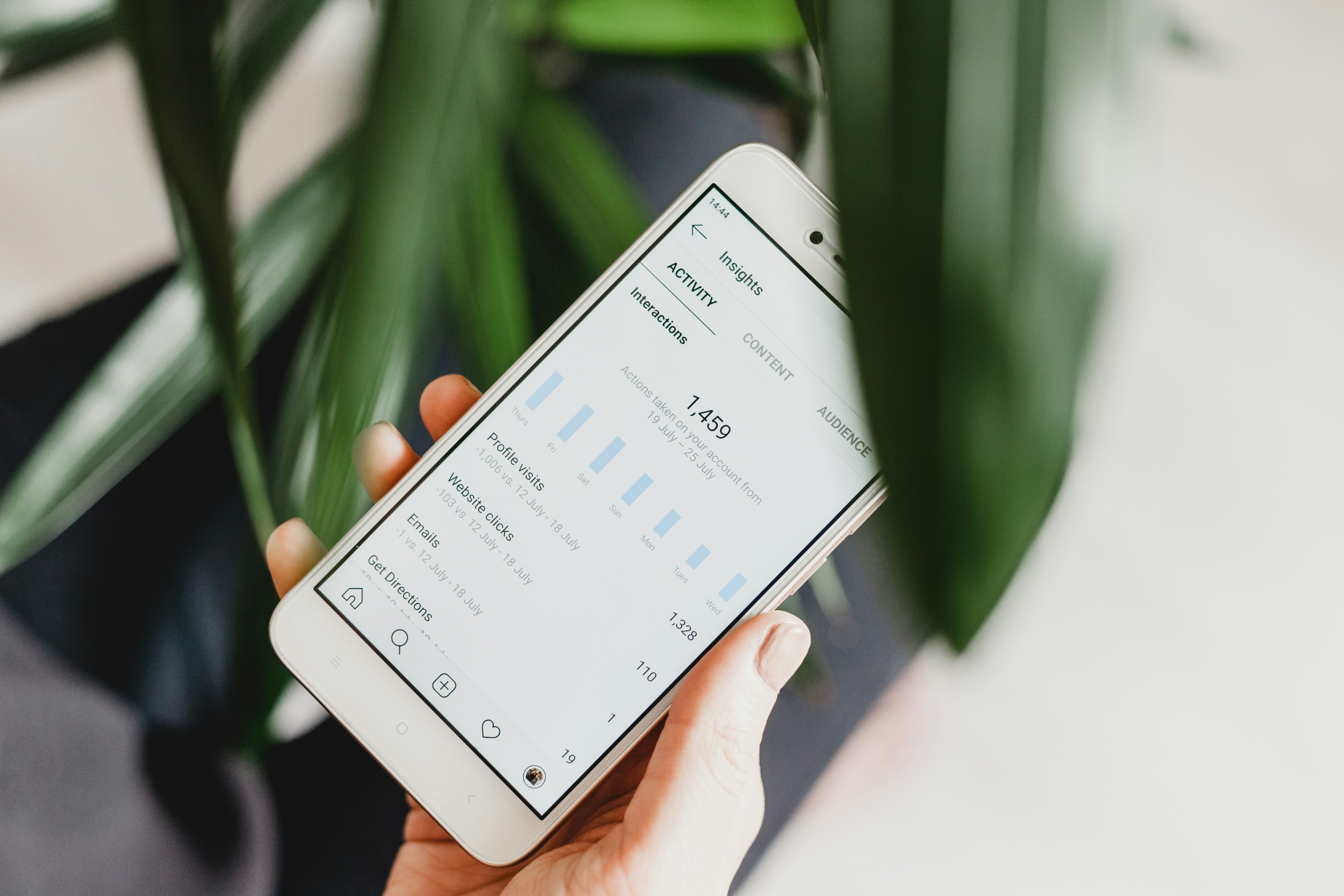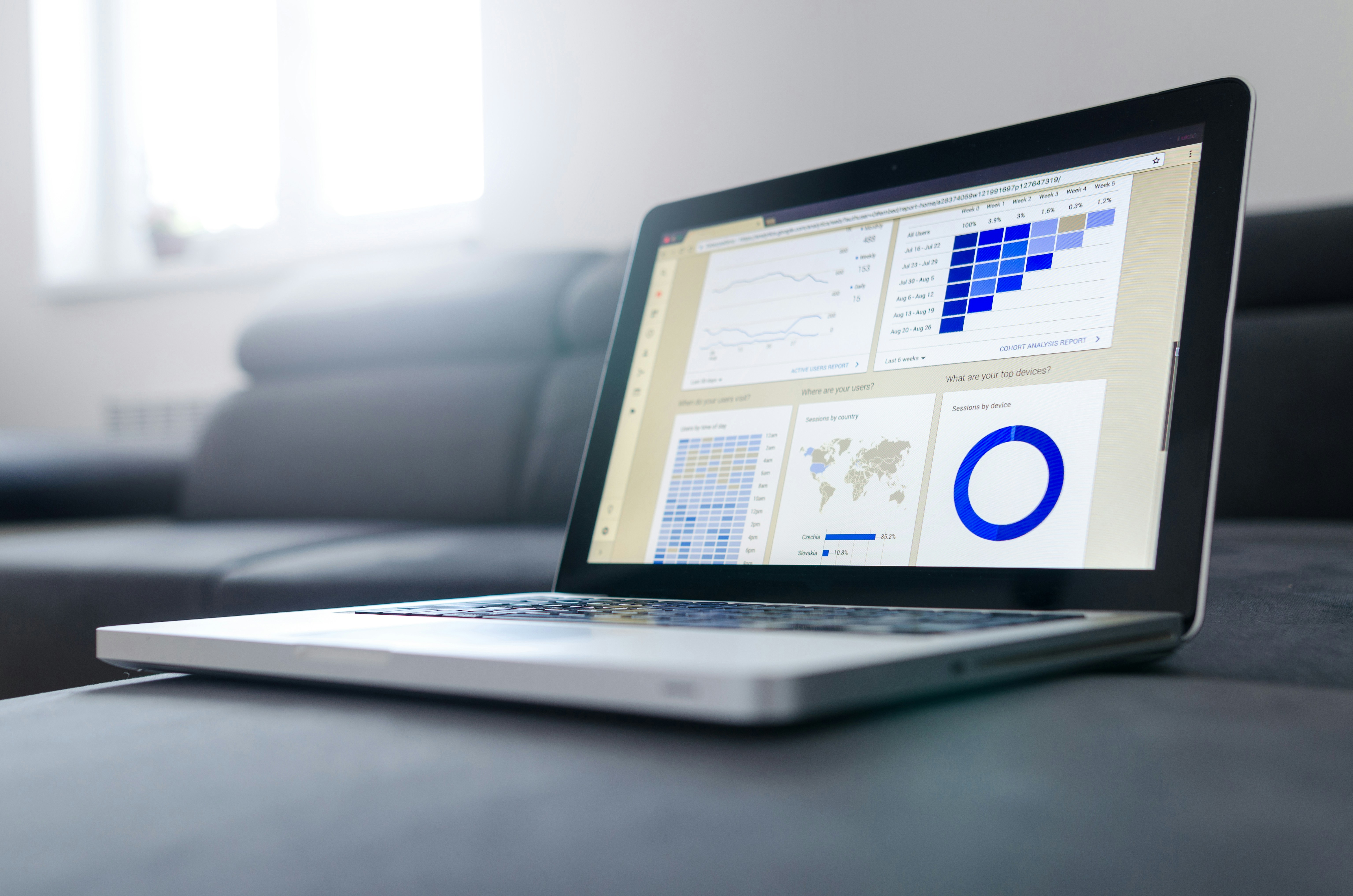Product Analytics Basics: Crafting a Strategic Roadmap
 Syed Ataullah Bokhari
Syed Ataullah Bokhari
"Without big data, you are blind and deaf in the middle of a freeway." – Geoffrey Moore, Management Consultant and Author
To become a proficient product analyst, mastering various tools and technologies is crucial. Product analytics involves collecting, analyzing, and interpreting data on user behaviors, preferences, and interactions with a product. By effectively leveraging tools like Mixpanel, Amplitude, MoEngage, CleverTap, Google Analytics, and SQL, among others, product analysts can offer data-driven insights that inform strategic decision-making, product improvements, and customer engagement strategies. Let’s explore each tool's significance and how they connect in product analytics, along with a recommended order for learning them.
Scroll to the last section for only roadmap.
1. Event-Based Analytics Tools: Mixpanel, Amplitude, MoEngage, CleverTap
Event-based analytics tools are critical in understanding user interactions and engagement with a product. They offer insights into user journeys, behavior, and retention, enabling analysts to identify popular features, drop-off points, and areas for optimization.
Mixpanel: Primarily used for tracking user interactions across web and mobile applications, Mixpanel allows analysts to analyze user behaviors based on event tracking. It offers in-depth cohort analysis, funnel reports, and retention tracking, which are crucial for understanding user engagement and guiding product improvements.
"If you don’t understand people, you don’t understand business." – Simon Sinek*, Author and Motivational Speaker*
Amplitude: Similar to Mixpanel, Amplitude focuses on user behavior analytics and product usage. Its standout feature, the Behavioral Cohorts, allows analysts to group users based on behavior patterns, which is essential for segmenting the audience and running targeted analyses. Amplitude also includes powerful tools for building custom funnels and retention charts, which help track user engagement and predict churn.
MoEngage: This is a customer engagement platform focusing on retention and customer lifecycle management. It helps with tracking user events and creating personalized messaging campaigns. MoEngage combines analytics and engagement, which allows analysts to not only understand user behavior but also take actions like sending targeted push notifications or in-app messages.
CleverTap: Similar to MoEngage, CleverTap also focuses on user engagement and retention but with additional features for creating user journeys, personalized messaging, and segmentation. CleverTap’s analytics enables understanding the customer lifecycle, from acquisition to retention, with a focus on optimizing user engagement and loyalty.
2. Google Tools: Google Trends, Google Analytics, Google Alerts
These tools are essential for tracking external factors, user acquisition, and website performance, providing context for product analytics.
Google Trends: This tool helps analysts understand current search trends and user interest across different geographies. It is valuable for identifying seasonal patterns and tracking shifts in user interest. Insights from Google Trends can inform product positioning, marketing strategies, and feature prioritization.
Google Analytics: Widely used for web analytics, Google Analytics tracks user acquisition, session duration, bounce rates, and conversion rates on websites. It is especially helpful for analyzing user acquisition channels, website traffic, and conversion funnels, which are fundamental in understanding how users are entering and interacting with the product.
Google Alerts: This tool is essential for brand monitoring and competitive analysis. Google Alerts notifies analysts of mentions across the web, helping to track brand perception, industry trends, and competitor activities. In product analytics, it provides context on how external factors impact user behavior and product performance.
"The goal is to turn data into information, and information into insight." – Carly Fiorina, Former CEO of Hewlett-Packard
3. Data Analysis Tools: SQL, Advanced Excel, Power BI/Tableau, Python (Pandas, NumPy)
Data analysis tools are the backbone of product analytics. They enable analysts to manipulate, visualize, and derive insights from large datasets.
SQL (Structured Query Language): SQL is fundamental for querying databases and extracting meaningful data for analysis. It enables analysts to pull data directly from databases, perform aggregations, and join tables, which is essential for creating datasets for analysis in tools like Excel or BI platforms.
Advanced Excel with VBA Scripting: Excel is highly versatile for data manipulation and analysis. VBA (Visual Basic for Applications) adds automation capabilities, allowing analysts to automate repetitive tasks and create complex formulas and macros. Advanced Excel skills are useful for quick analyses, creating dashboards, and handling smaller datasets.
Power BI / Tableau: These Business Intelligence (BI) tools are essential for visualizing complex data in an easily understandable format. Power BI and Tableau enable analysts to build dashboards, which provide a high-level overview of product performance. These dashboards make it easier for stakeholders to grasp key metrics, such as user engagement, retention rates, and conversion funnels, driving data-informed decision-making.
Python (Pandas, NumPy): Python is a powerful programming language for data analysis, and libraries like Pandas and NumPy are essential for handling large datasets. Pandas simplifies data manipulation, cleaning, and analysis, while NumPy is used for mathematical operations. Python is also widely used for predictive analytics and machine learning, enabling advanced product analysis, like churn prediction and segmentation.
How These Tools Tie Together in Product Analytics

In product analytics, each of these tools plays a specific role, and together, they offer a comprehensive approach to understanding user behavior and product performance:
1. Collecting and Tracking Data: Event-based analytics tools like Mixpanel, Amplitude, MoEngage, and CleverTap track user interactions and generate event data that captures detailed user actions within the product.
2. Understanding External Factors: Google Trends, Google Analytics, and Google Alerts provide insights into external factors such as search trends, brand perception, and website traffic. These contextual insights are crucial for assessing how external events impact user behavior within the product.
3. Data Extraction and Transformation: SQL is used to extract data from databases, combining event and contextual data to create a complete dataset. This data can be further cleaned and transformed in Excel or Python before analysis.
4. Analyzing and Visualizing Data: Data analysis and visualization are carried out using Advanced Excel, Power BI, Tableau, and Python. These tools help identify trends, patterns, and correlations, which form the basis for data-driven decision-making.
5. Taking Action on Insights: MoEngage and CleverTap not only track data but also enable personalized engagement with users. Based on analysis, targeted campaigns or notifications can be created to enhance user engagement, retain users, and reduce churn.
"Data is the new oil, and analytics is the combustion engine." – Peter Sondergaard, Former Head of Research at Gartner
Recommended Learning Path to Become a Product Analyst

1. Start with Google Analytics to get a foundational understanding of web analytics and traffic analysis. This will introduce you to key metrics like acquisition, behavior, and conversion, which are critical in product analysis.
2. Learn SQL next, as it is essential for data extraction and manipulation. SQL skills are crucial for querying databases and preparing datasets for analysis, a core task in product analytics.
3. Master Excel and VBA Scripting for quick data analysis, automation, and reporting. Excel is a versatile tool for creating dashboards and performing basic analyses, which are common tasks for product analysts.
4. Explore Event-Based Analytics Tools (Mixpanel, Amplitude, MoEngage, CleverTap) to understand user behavior within the product. Start with Mixpanel or Amplitude, as they offer intuitive event-tracking capabilities. MoEngage or CleverTap can be explored next for more engagement-focused insights.
5. Learn Data Visualization with Power BI or Tableau to effectively present insights. These tools allow you to build interactive dashboards and reports that make complex data accessible to stakeholders.
6. Dive into Python (Pandas and NumPy) to handle more advanced data manipulation and statistical analysis. Python is particularly useful when dealing with large datasets and for conducting predictive analysis, which can add significant value in a product analytics role.
7. Use Google Trends and Google Alerts to stay updated on industry trends and brand mentions. Although not directly tied to product usage, these tools provide valuable context that can inform strategic decisions and complement internal analytics.
Conclusion
In the evolving field of product analytics, these tools collectively empower analysts to understand user behavior, optimize product performance, and drive data-informed decisions. Starting with tools like Google Analytics and SQL, and gradually moving to advanced tools such as Python and event-based analytics platforms, provides a solid foundation for aspiring product analysts.
Subscribe to my newsletter
Read articles from Syed Ataullah Bokhari directly inside your inbox. Subscribe to the newsletter, and don't miss out.
Written by

Syed Ataullah Bokhari
Syed Ataullah Bokhari
Developer based on Jamshedpur. Currently learning new technologies. Rapt learner.